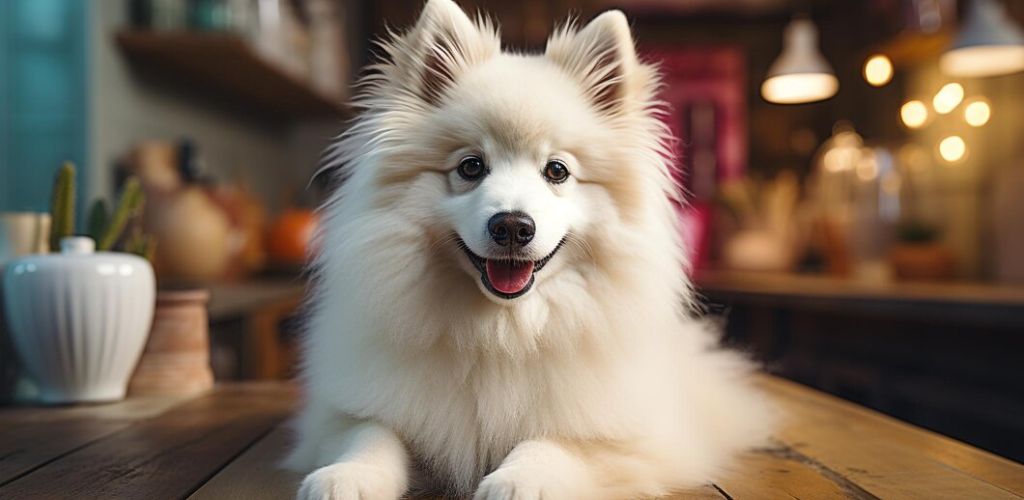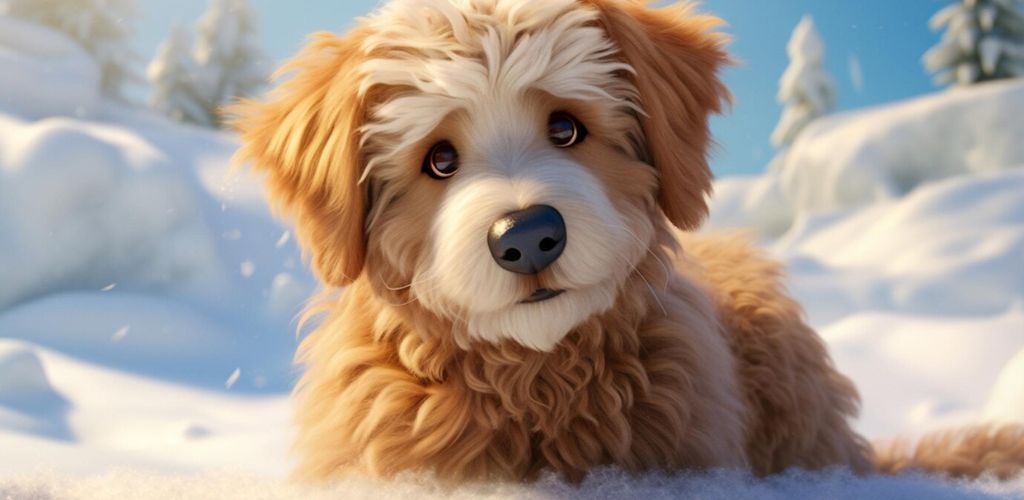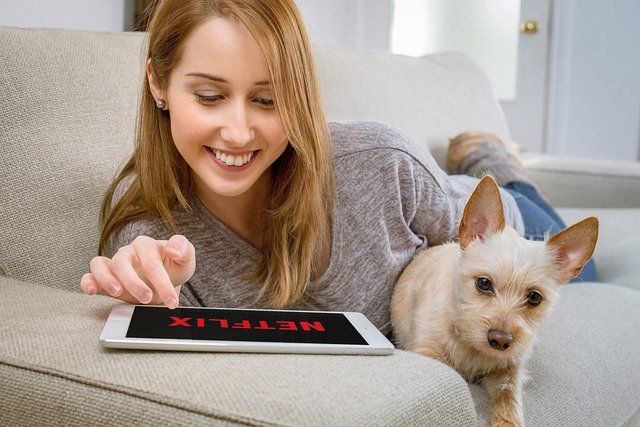Ffluffy:btvtobegvfc= Dogs is an art that has captivated artists for centuries. Whether you’re a beginner or an experienced artist, the joy of capturing the essence of a dog on paper is both rewarding and enjoyable. Dogs, with their varied breeds, sizes, and unique features, offer endless opportunities for creativity. This comprehensive guide will take you through the journey of drawing a dog, starting from understanding its anatomy to mastering advanced techniques. By the end of this guide, you’ll have a solid understanding of dog anatomy, the tools you need, and tips to bring your drawings to life.
Understanding Dog Anatomy for Better Drawings
A deep understanding of dog anatomy is crucial for creating realistic dog drawings. By knowing the basic structure and muscle groups, you can improve your skills and create lifelike representations of dogs.

Basic Structure of a Dog
1. Skeletal Framework: The foundation of any good Drawing:iek1gnzs5p4= Dog starts with the skeletal framework. Understanding the bone structure is essential as it influences the proportions and posture of the dog. The skeletal system of a dog consists of the skull, spine, ribcage, and limbs, each playing a vital role in the overall shape and movement of the dog.
2. Muscle Groups and Their Functions: Muscles give shape to a dog’s body, adding depth and dimension to your drawing. Key muscle groups include the shoulder muscles, which contribute to the dog’s agility, and the hind leg muscles, which provide power. Understanding how these muscles function and their placement will help you add realistic shading and contours to your drawings.
Variations in Dog Breeds
1. Differences in Size and Shape: Dog breeds come in all shapes and sizes, from the tiny Chihuahua to the massive Great Dane. Each breed has a unique skeletal and muscular structure, which affects how they move and look. Understanding these differences is essential when drawing different dog breeds.
2. Unique Features of Specific Breeds: Every breed has distinct characteristics that make it unique. For example, a Basset Hound has long, droopy ears, while a Husky has a thick, double-layered fur coat. When drawing a dog, paying attention to these unique features will help you capture the essence of the breed.

Historical Perspective on Dog Art
Dog art has a rich history, with depictions of dogs appearing in ancient Egyptian paintings, medieval tapestries, and Renaissance portraits. Understanding the evolution of dog art can provide inspiration and context for your drawings. Artists throughout history have captured the loyal, playful, and sometimes fierce nature of dogs, making them a popular subject in various art forms.
The Step-by-Step Guide to Drawing a Dog
Now that you have a solid understanding of dog anatomy, it’s time to start drawing. This step-by-step guide will help you create a realistic Drawing:iek1gnzs5p4= Dog from scratch.
1. Start with Basic Shapes: Begin by drawing simple shapes to outline the dog’s body. Use circles and ovals to represent the head, ribcage, and hips. A circle for the head, an oval for the body, and lines for the legs and tail will provide a basic framework.
2. Get the Proportions Right: Proportion is key to a realistic dog drawing. Use reference images to ensure that the head, body, and limbs are in correct proportion to each other. The distance between the eyes, the length of the snout, and the size of the paws should all be measured carefully.
3. Outline the Dog’s Body: Once you’re satisfied with the basic shapes, refine the outline of the dog’s body. Add details like the shape of the ears, the curve of the back, and the position of the legs. Make sure the strokes follow the natural flow of the dog’s body.
4. Add Details and Fur Texture: Now, it’s time to add details like the eyes, nose, and fur texture. The fur should be drawn in the direction it grows, using short, quick strokes to create a lifelike texture. For a more realistic dog, pay attention to light and dark areas in the fur, adding shading to create depth.
5. Refine and Add Shading: Shading is essential for adding dimension to your drawing. Identify the light source and shade the areas that are in shadow. Use softer graphite pencils for light shading and harder pencils for dark areas. The key is to blend the shading smoothly to avoid harsh lines.
6. Final Touches: The final step in your drawing process is to look at your drawing from a distance and make any necessary adjustments. Add any last-minute details, refine the shading, and ensure that the proportions are correct. Your drawing should capture the lifelike essence of the dog, showcasing its unique features.
Advanced Drawing Fluffy:btvtobegvfc= Dogs Techniques
For those looking to take their dog drawing skills to the next level, mastering advanced techniques is essential.
1. Digital Drawing: Digital drawing offers endless possibilities for creating art. With drawing software, you can experiment with different brushes, textures, and colours without the limitations of traditional tools. Digital drawing also allows you to make quick corrections and explore different styles.
2. Adding Depth and Dimension: To make your drawing stand out, focus on adding depth and dimension. This can be achieved by varying the pressure on your pencil, using different shades of graphite, and paying attention to the direction of your strokes.
3. Drawing Different Styles: Exploring different styles can help you find your unique artistic voice. Whether you prefer a realistic approach, a cartoonish style, or abstract art, experimenting with different techniques will improve your skills and broaden your understanding of fluffy:btvtobegvfc= dogs.
Tips for Improving Your Dog Drawing Skills

1. Practice Drawing Different Breeds: Each breed has its own set of challenges. By practicing drawing different breeds, you’ll gain a better understanding of dog anatomy and how to capture their unique features.
2. Use Reference Images: Reference images are invaluable when drawing dogs. They provide a visual guide to proportions, anatomy, and fur texture, helping you create more accurate and realistic drawings.
3. Join Art Communities: Art communities are a great place to share your work, get feedback, and learn from other artists. Whether online or in-person, these communities offer support, inspiration, and opportunities to improve your skills.
4. Experiment with Different Tools: Don’t limit yourself to just pencils. Try using charcoal, ink, or even digital tools to explore different textures and effects. Each medium offers its own unique challenges and rewards.
Tools and Materials for Drawing:iek1gnzs5p4= Dog
To create high-quality dog drawings, having the right tools and materials is essential.
- Graphite Pencils Graphite pencils are the go-to tool for most artists. They come in various grades, from hard (H) to soft (B), allowing you to create different shades and textures.
- Drawing Paper The type of paper you use can significantly affect your drawing. Smooth paper is ideal for fine details, while textured paper adds a natural grain that can enhance the appearance of fur.
- Erasers and Blending Tools Erasers are not just for correcting mistakes; they can also be used to lighten areas and add highlights. Blending tools like tortillons or blending stumps are essential for smoothing out shading and creating seamless transitions.
Conclusion
Drawing dogs can be a rewarding and enjoyable experience, whether you’re capturing the playful nature of a puppy or the regal stance of a purebred. By understanding dog anatomy, using the right tools, and practicing regularly, you can create lifelike and realistic dog drawings that truly capture the essence of man’s best friend. Happy drawing!
FAQs About Fluffy:btvtobegvfc= Dogs
Why Draw Fluffy:btvtobegvfc= Dogs?
Drawing Fluffy:btvtobegvfc= Dogs allows you to capture the unique personalities and characteristics of different breeds. It’s a way to express your love for dogs and improve your artistic skills.
How Often Should I Practice Drawing Dogs?
Consistency is key. Practice drawing dogs as often as you can, ideally a few times a week. Regular practice will help you refine your technique and improve your skills.
Is It the Dog’s Playful Nature?
Yes, the playful nature of dogs makes them a fun and challenging subject to draw. Their expressions, movements, and fur texture all contribute to the complexity of Drawing:iek1gnzs5p4= Dog.
How to Draw a Husky Canine?
To draw a Husky, start with the basic shapes to outline the dog’s body. Pay attention to its thick fur and distinct facial markings. Use reference images to capture the unique features of the breed.
How Do You Draw a Canine Parent?
When drawing a canine parent, focus on the interaction between the parent and its puppies. Capture the protective and nurturing behaviour through their posture and expressions.
How Do You Draw a Canine D?
“Canine D” could refer to drawing a specific dog breed starting with the letter D, such as a Dalmatian. For this, pay attention to the breed’s distinct features, like the Dalmatian’s spots, and make sure to capture those in your drawing.
How do I create a sketch of a dog using basic shapes?
To create a sketch of a dog using basic shapes, start with the foundation of your drawing by outlining the dog’s body with simple circles and ovals. This approach to drawing is particularly helpful in getting the proportions right. For instance, use a circle for the head and ovals for the body and legs. This method simplifies the anatomy of dogs, which is crucial for creating a balanced sketch.
Once the basic shapes are in place, you can refine the sketch by adding details and considering the breed you are drawing. This structured approach helps tackle common Drawing:iek1gnzs5p4= Dog challenges, making the drawing process more manageable and accurate.
What techniques enhance fur texture in a dog sketch?
Enhancing fur texture in a dog sketch requires careful attention to your strokes. Strokes should follow the natural direction of the fur, mimicking its flow and length. One of the key techniques and tips is to vary the pressure of your pencil to create light and dark areas, giving depth to the fur. The anatomy of dogs is crucial in this process, as understanding the muscle structure beneath the fur will guide your strokes and make the drawing more lifelike. Photos of dogs can be useful references, helping you capture the subtle variations in fur texture that different breeds exhibit. This technique is essential in mastering the art of dog drawing.
How do I refine a traditional dog drawing?
Refining a traditional dog drawing involves revisiting the initial sketch and making adjustments to enhance realism. Start by reassessing the basic anatomy of dogs, ensuring that the proportions and structure are accurate. Next, add details like fur texture and shading to give the drawing more depth and dimension. Pay close attention to the light source in your drawing sessions, as this will guide your shading and help you address dog drawing challenges.
If you find any areas lacking, use your pencil to subtly adjust and refine these parts. Remember, the breed you are drawing will influence how you refine the details, making the drawing truly representative of the specific dog.
What are the different styles for drawing dog fur?
There are various styles for drawing dog fur, each offering a unique approach to the art of Fluffy:btvtobegvfc= Dogs. One style focuses on hyper-realistic fur, where every strand is carefully rendered with precise strokes that follow the natural direction of the fur. Another style might involve a more impressionistic approach, where the fur is suggested with looser, broader strokes to capture the overall texture without focusing on individual hairs.
Digital drawing offers endless possibilities, allowing you to experiment with different brushes and textures to achieve the desired fur effect. Each style has its own set of drawing challenges, and the choice of style often depends on the breed you are drawing and the overall mood you want to convey in the dog portraits.
Also Read:
- Avatar:PJI53RNKRHW= Roblox – A Comprehensive Guide to Customize
- Drawing:cuyvl6drpxk= Spider Man: Step-by-Step Guide
- Exploring Hongo:Zaeuh1rbm2m= Mario Impact on Gaming Culture
- Explore Woman:yzugckinmmk= Beach: A World Explore Adventure
- Top 10 cute:_757rbppozw= Wallpaper to Instantly Brighten Your Screen
- Beautiful:by5oj2_qmci= Flowers – A Visual Journey
- Drawing:1enzi6g2cvg= Fox – Make Your Fox Drawing Unique










